In the current home renovation market in the United States, optimising and beautifying bathroom spaces has become a key area of concern for consumers and designers. According to the industry report of NKBA (National Kitchen&Bath Association) in 2024, bathroom renovation projects have accounted for over 22% of overall home decoration expenditures, with investments in lighting, mirrors, and storage systems continuing to rise. Among all related categories, vanity mirrors have become a must-have choice for most households when renovating their bathrooms, thanks to their combination of functionality and decorative appeal. However, any design element has its advantages and disadvantages, and a vanity mirror is no exception. This article will comprehensively analyze the advantages and disadvantages of using vanity mirrors in bathroom renovation from four aspects: practicality, aesthetics, functional expansion, and potential limitations.
1. Advantages of Vanity Mirror
1.1 Enhance the visual sense and lighting of the space
In modern bathroom design, mirrors are not just dressing tools; their reflective properties can effectively amplify the sense of space. Especially in small and medium-sized bathrooms, installing a vanity mirror above the sink can make the limited space appear more spacious. According to Houzz's 2023 bathroom design survey, over 65% of surveyed homeowners stated that vanity mirrors have a significant effect in enhancing spatial transparency. At the same time, mirror reflection can enhance illumination, making the light more evenly distributed in space, thereby reducing shadows and improving the user experience.
1.2 Strong functionality to meet daily needs
The location of the vanity mirror is usually directly above the sink, which is the main area for people's daily washing, makeup, and shaving. A dressing mirror of appropriate size can bring great convenience to daily life. Especially with the rise of mirrors with lights or LED bathroom mirrors in recent years, users can adjust brightness and colour temperature according to their needs, which is more suitable for different time periods of use.
1.3 Flexible design, adaptable to multiple styles
Vanity mirrors come in a variety of shapes and materials, from classic rectangles and circles to frameless designs or metal frames, all of which can complement the overall style of the bathroom. For example, minimalist frameless mirrors are suitable for minimalist decoration, while styles with metal frames can blend in with industrial or modern styles. According to data from NKBA, consumers' preference for "simple lines" and "customised elements" in bathroom design will significantly increase in 2024, and the diversified design of the Vanity Mirror perfectly meets this trend.
1.4 Can be combined with a storage function
In recent years, the trend of combining vanity mirrors with medical cabinets has become increasingly evident. This design not only maintains the visual function of the mirror but also adds concealed storage space to help users organise toiletries and reduce cluttered countertops. Especially in small bathrooms, vanity mirrors with mirrored cabinets are considered a 'space-saving win-win solution'.
2. Potential drawbacks of the vanity mirror
2.1 Occupying wall space and limited layout
In bathrooms with limited space, the installation position of the vanity mirror is almost fixed - directly above the sink. Although this is reasonable, it also means a lack of flexibility in wall layout. If users want to install more lighting fixtures or storage cabinets in that location, they often need to make trade-offs in the design.
2.2 Improper size selection affects aesthetics and functionality
Although a vanity mirror helps to enlarge space, if the mirror size is too large, it may cause a mismatch with the washbasin, making the overall appearance appear abrupt. On the contrary, if the size is too small, it cannot cover enough visual range, which affects the daily user experience. **The American Institute of Interior Designers (ASID) recommends that the width of the vanity mirror should be close to or slightly smaller than the washbasin to maintain visual coordination.
2.3 High requirements for cleaning and maintenance
Although mirrors can enhance spatial brightness, they are also prone to leaving water stains, fingerprints, and cosmetic residue. Especially in humid environments, such as bathrooms, the mirror surface is easily affected by steam, becoming blurry. Although most modern products are equipped with anti-fog functions, regular cleaning and maintenance are still necessary after long-term use. Otherwise, it will reduce the user experience.
2.4 Light dependence and energy consumption issues
Vanity mirrors equipped with LED lights provide excellent lighting, but such products often require additional power support. If the installation location does not reserve a power interface, it may increase construction costs. Meanwhile, there are significant differences in energy efficiency performance among different brands, and improper selection may lead to increased daily energy consumption.

3. How to balance the pros and cons?
3.1 Choose the appropriate size based on the size of the bathroom
In the design phase, users should determine the size and shape of the vanity mirror based on the bathroom area, sink width, and overall style. For small bathrooms, circular or vertical rectangular mirrors can help create the illusion of increased visual height. Large bathrooms are well-suited for using horizontal, large mirrors to enhance the space's horizontal extension.
3.2 Prioritise products with anti-fog and energy-saving functions
Faced with cleaning and energy consumption issues, choosing a vanity mirror with an anti-fog function and high-efficiency LED lights is undoubtedly a more practical solution. According to data from the US Department of Energy (DOE), high-efficiency LED lamps can save over 75% energy and extend their lifespan by approximately 25 times compared to traditional halogen lamps.
3.3 Coordinate with the overall design style
Whether it's modern, retro, or minimalist, the frame material and shape of the Vanity Mirror should match the overall bathroom design. For example, the black metal frame complements the industrial style, while the white, frameless mirror is more suitable for minimalist or Nordic styles. This not only maintains aesthetic consistency but also avoids damaging the overall decorative effect due to the abrupt style of the mirror.
3.4 Consider integrating storage and lighting
If the bathroom space is limited, vanity mirrors with mirrored cabinets are undoubtedly the preferred solution. It can balance storage and lighting, avoiding clutter while improving efficiency. For higher-level decoration, you can also choose intelligent products, such as styles with touch switches, Bluetooth speakers, or automatic defogging functions.
4. Industry Trends and Market Prospects
From the overall trend, vanity mirrors are gradually developing towards intelligence and multifunctionality. According to a report by Grand View Research, the global smart mirror market is projected to reach $5.4 billion by 2030, with an average annual compound growth rate of more than 9%. In the North American market, consumers have a robust demand for bathroom technology and convenience. Vanity mirror products with lights, anti-fog, and adjustable colour temperature have a significantly higher sales growth rate than traditional mirrors.
Additionally, sustainable development has become an increasingly important direction for the future. More manufacturers are adopting environmentally friendly materials and energy-saving technologies to meet the growing demand of American consumers for green decoration. Combining functionality and environmental friendliness, the vanity mirror will undoubtedly play a more important role in the future decoration market.

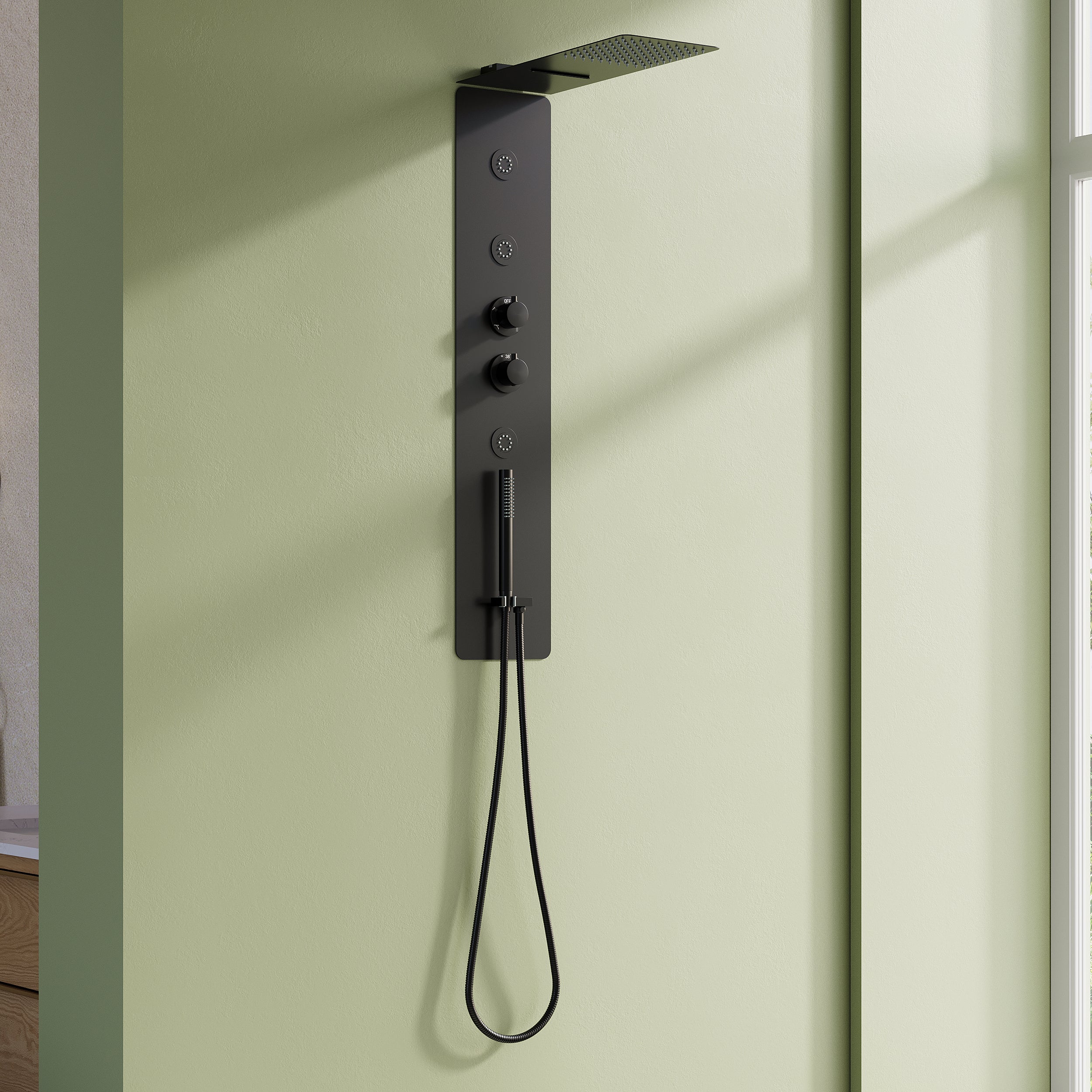






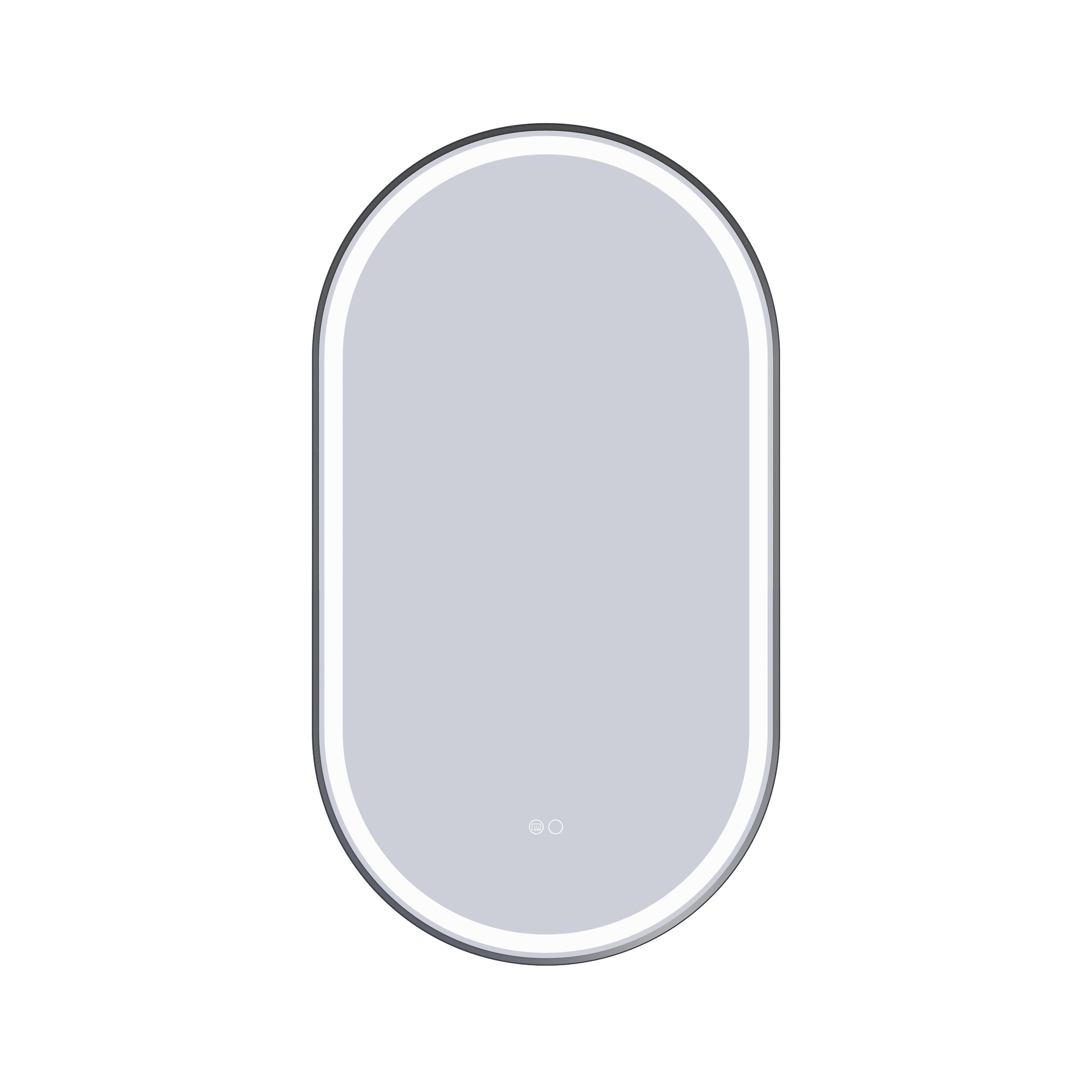



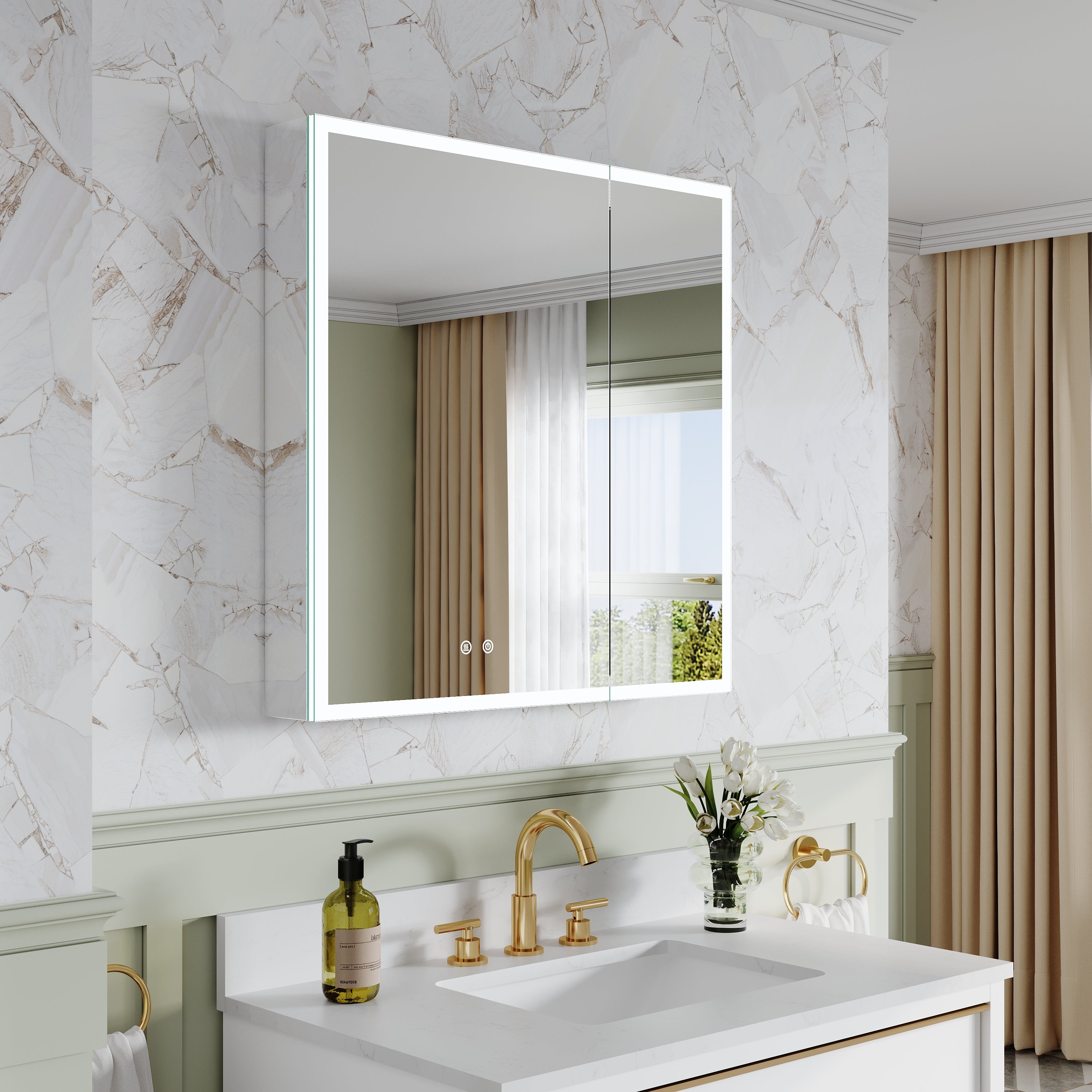
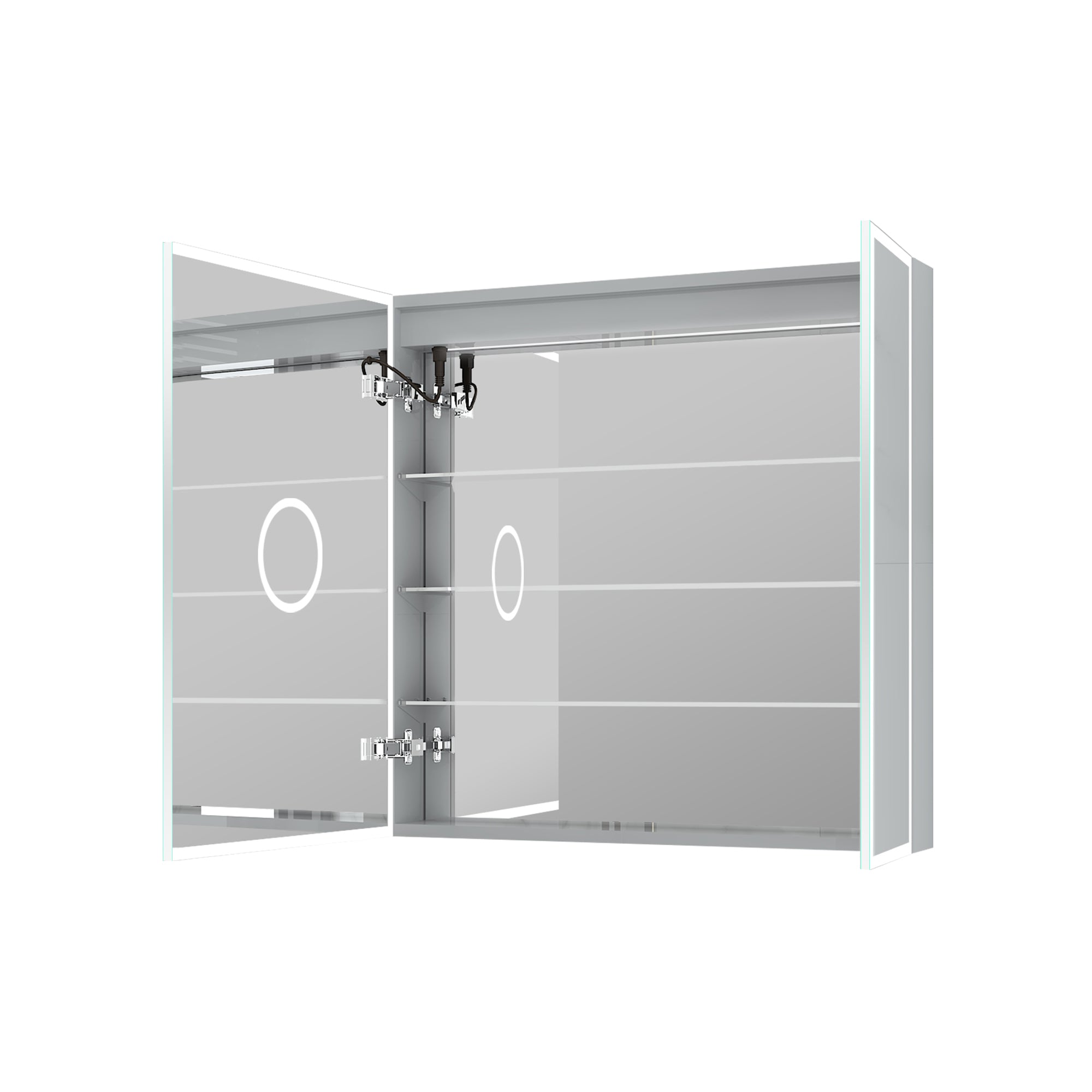
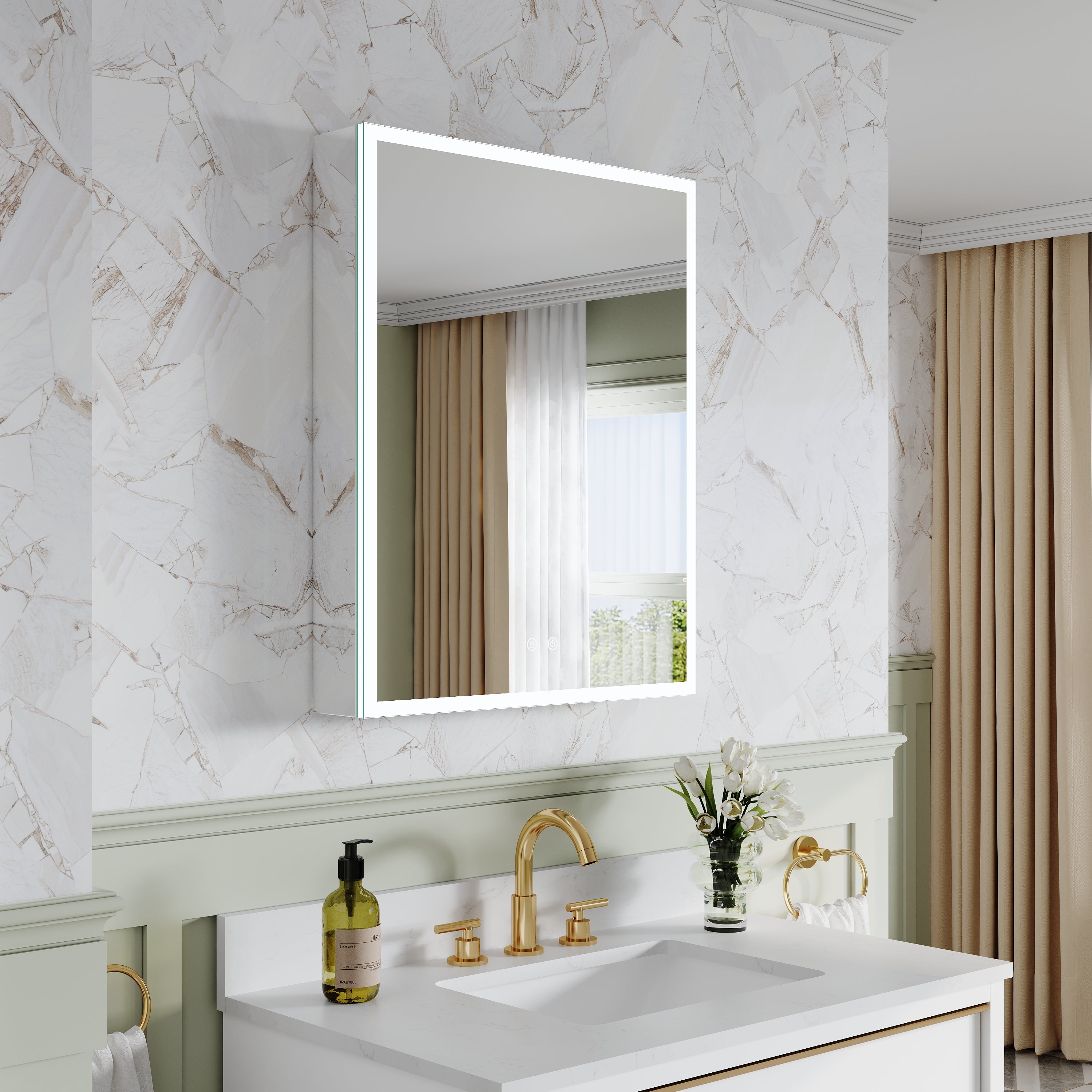
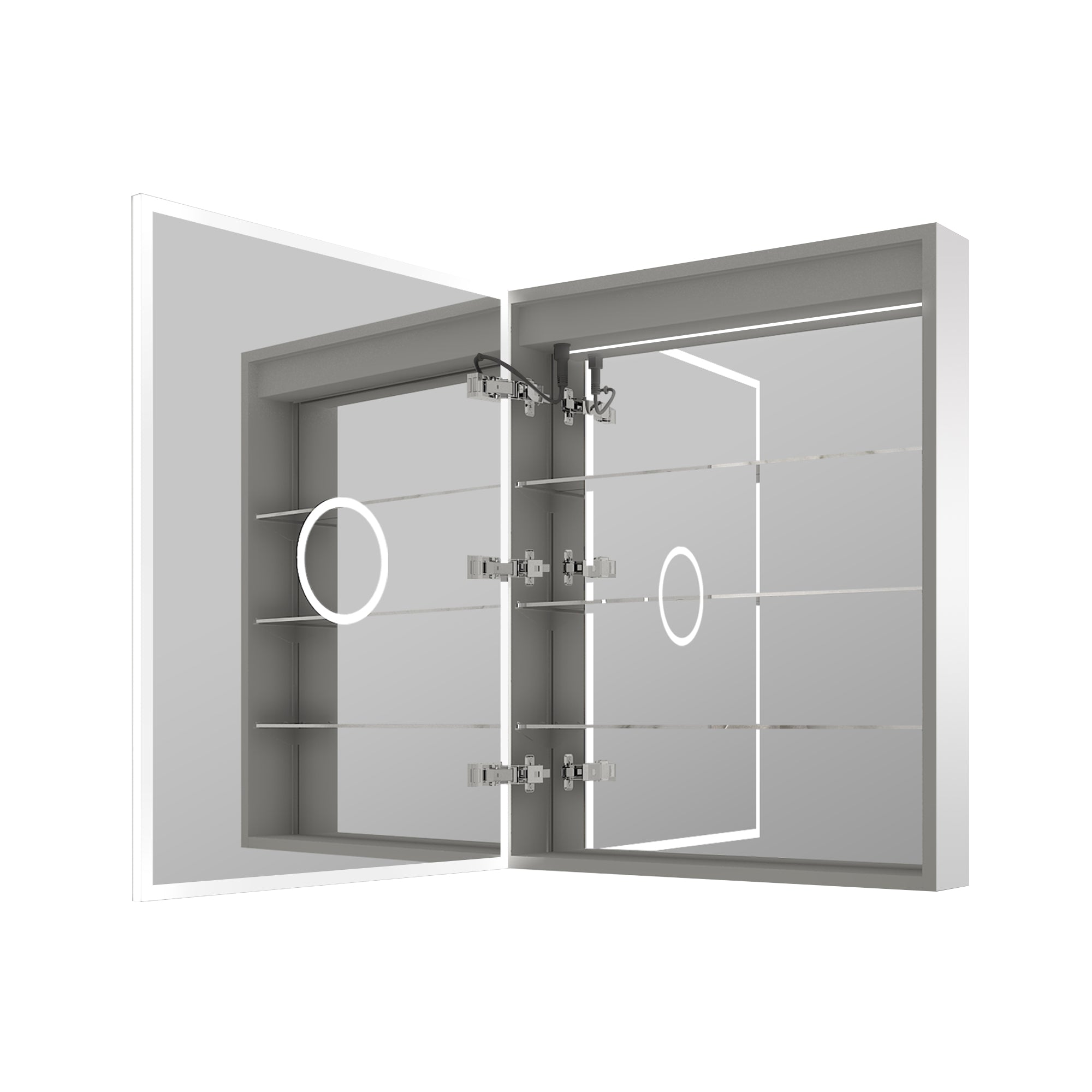
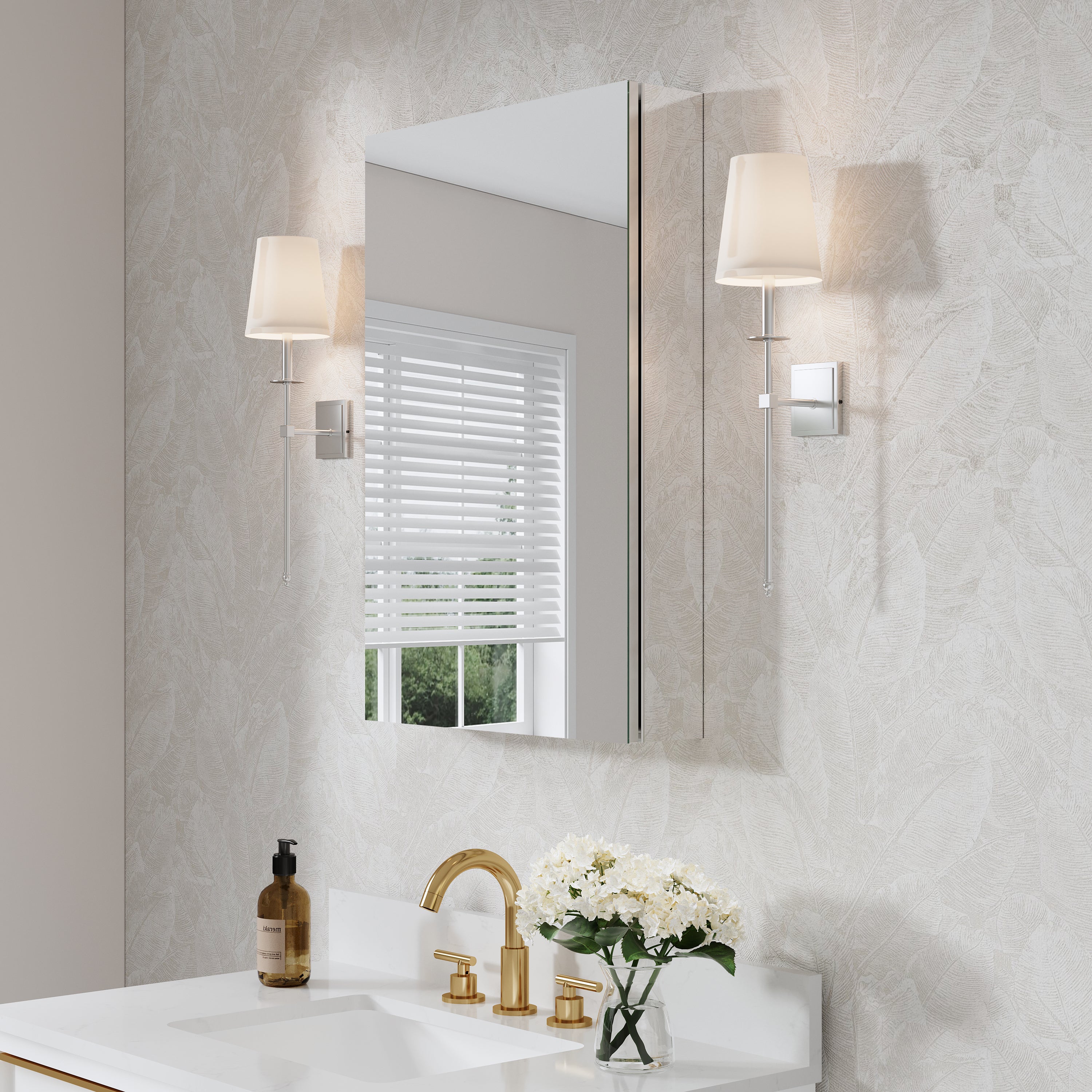
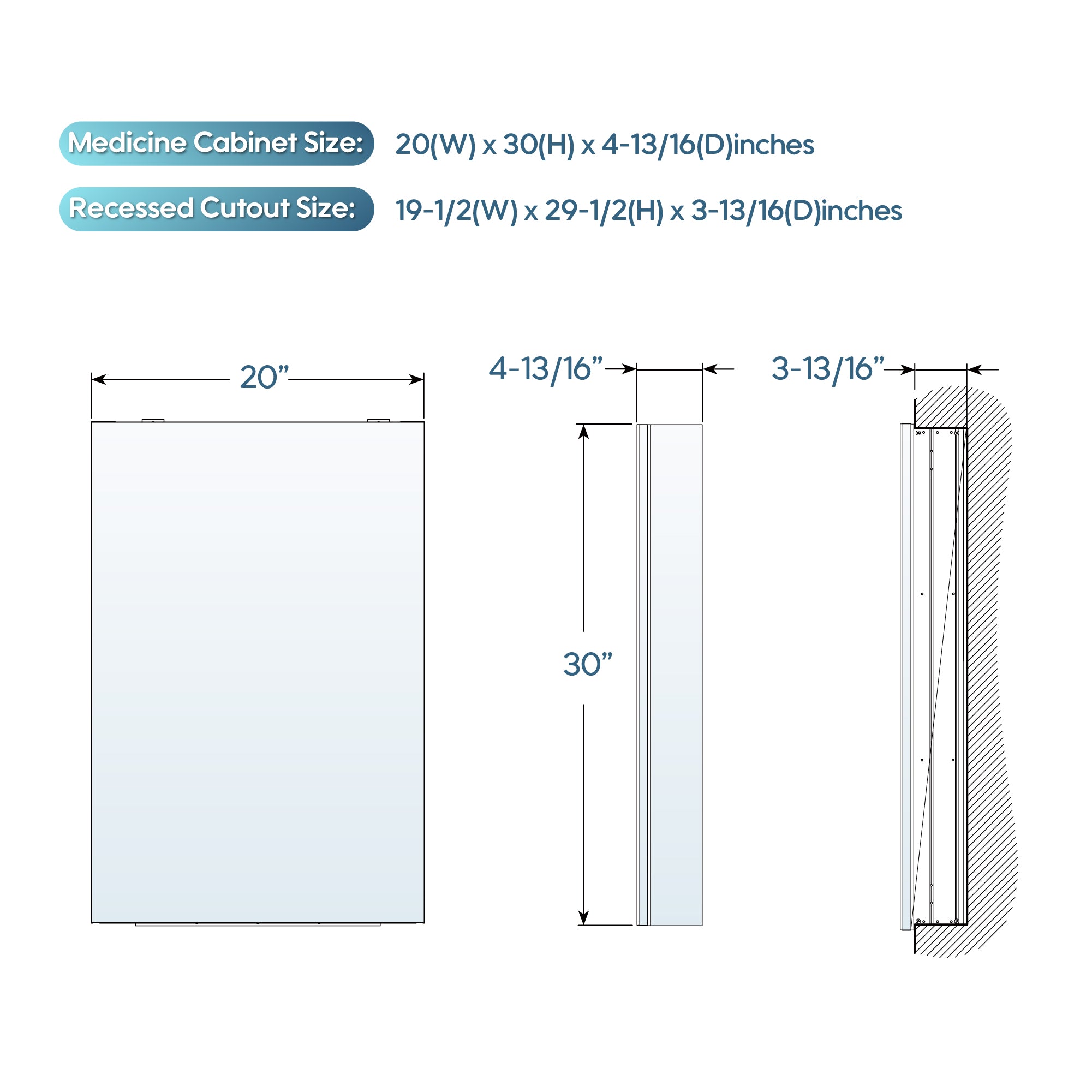
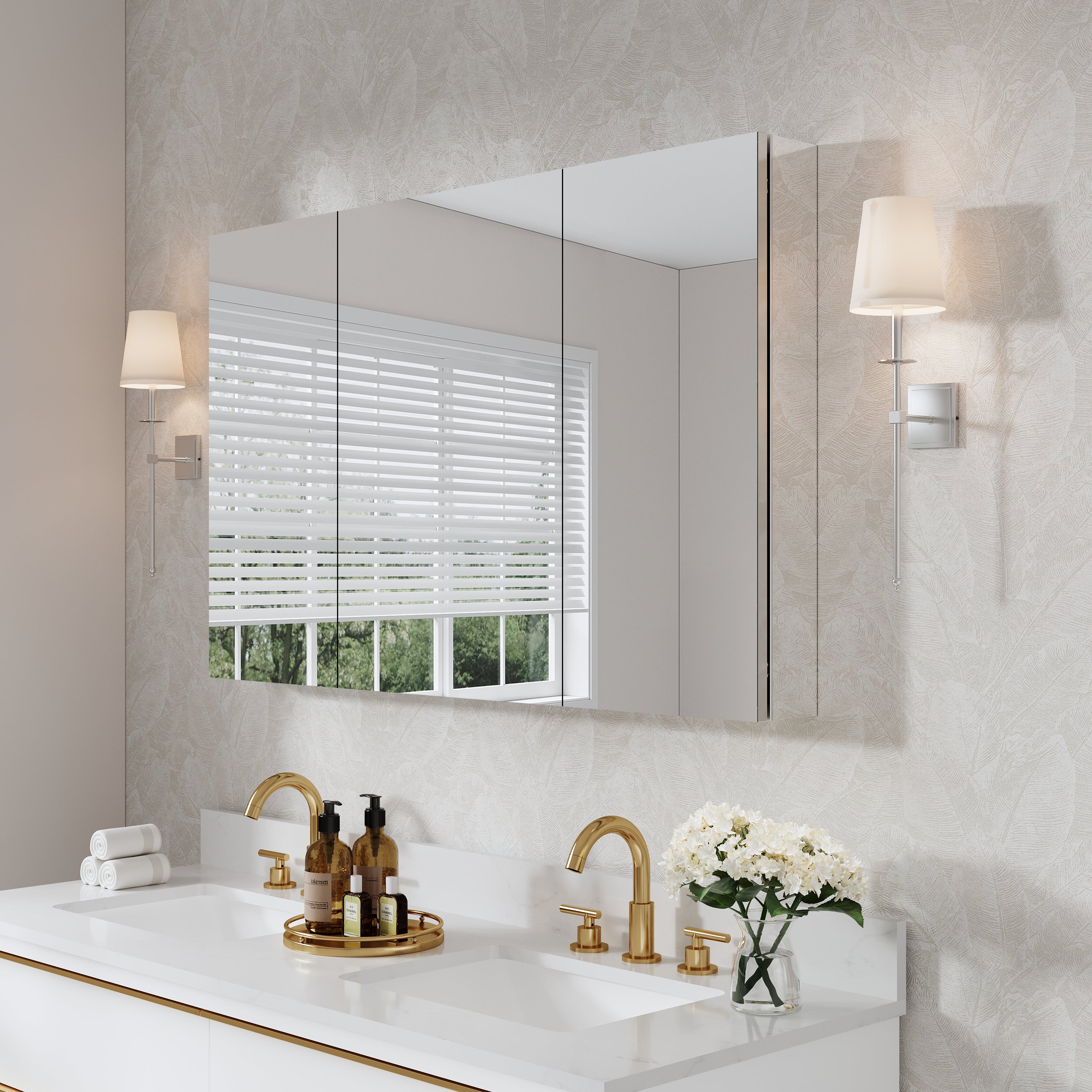
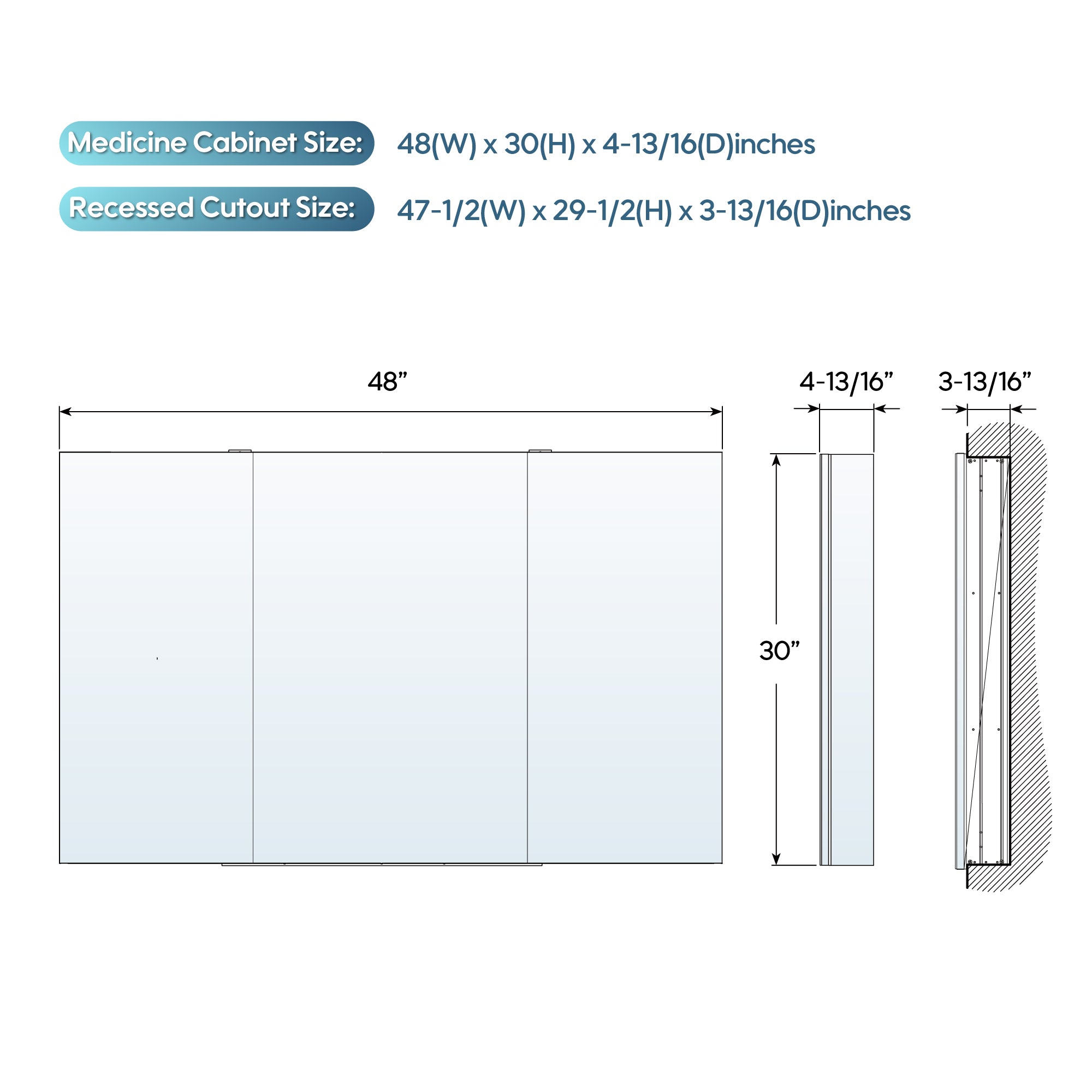
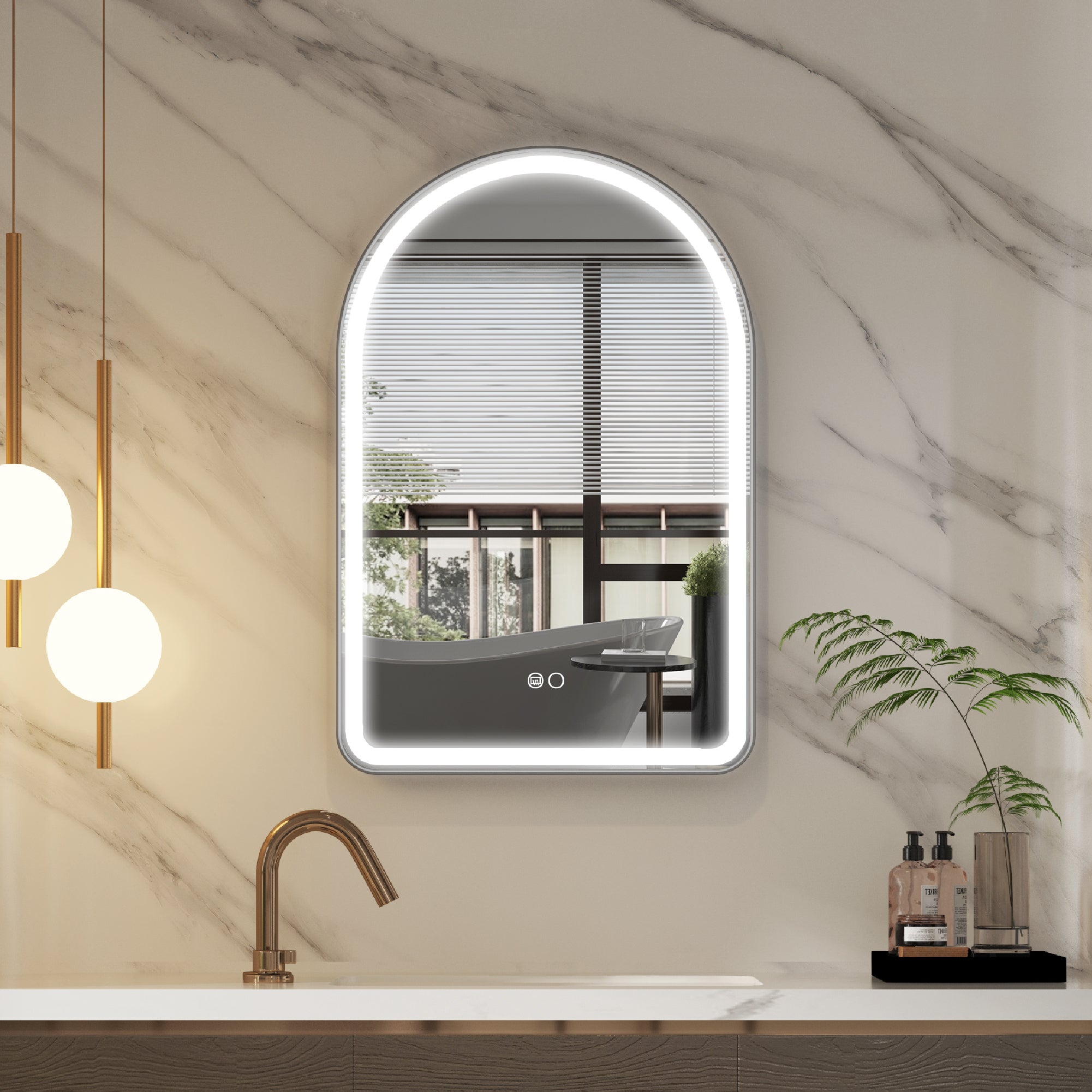
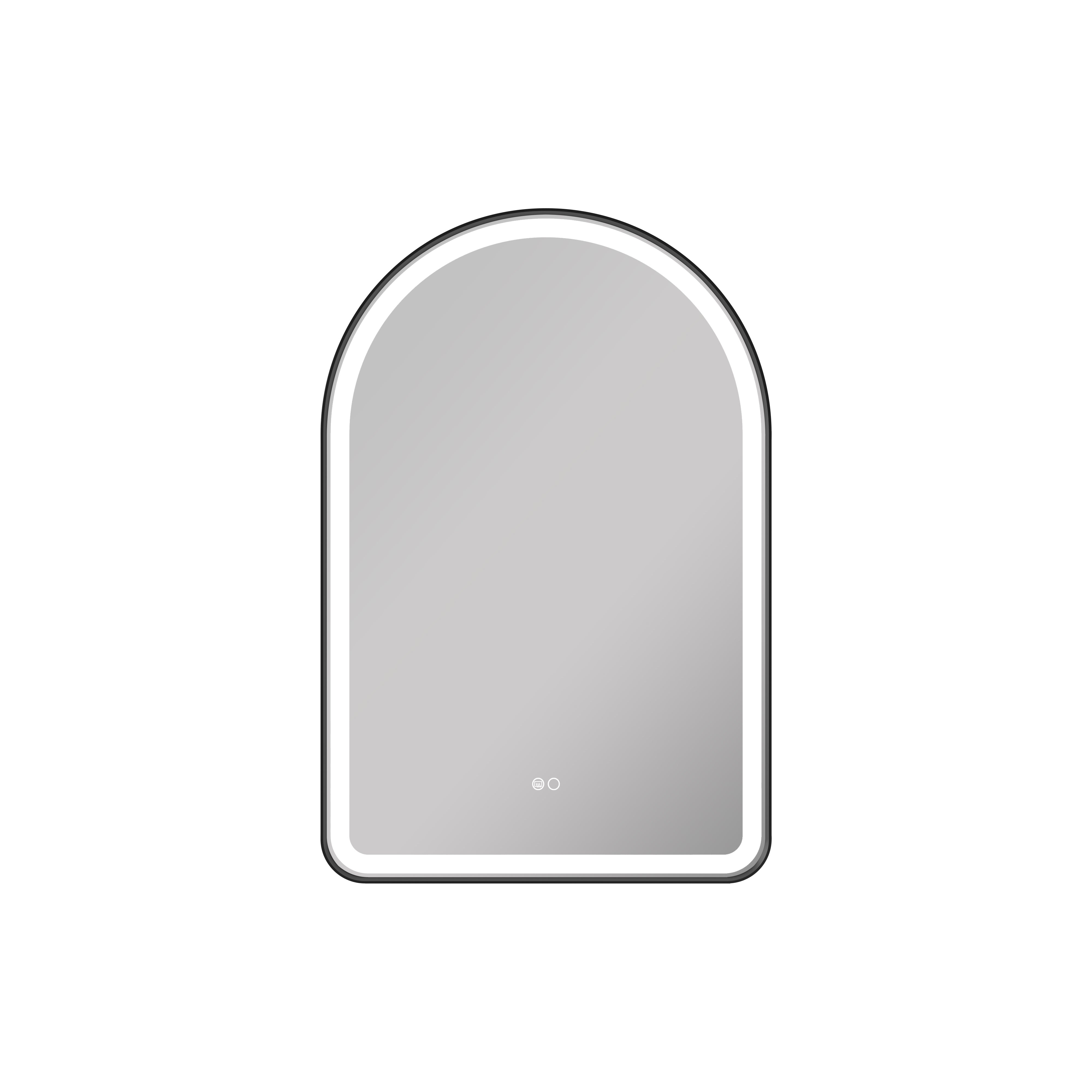


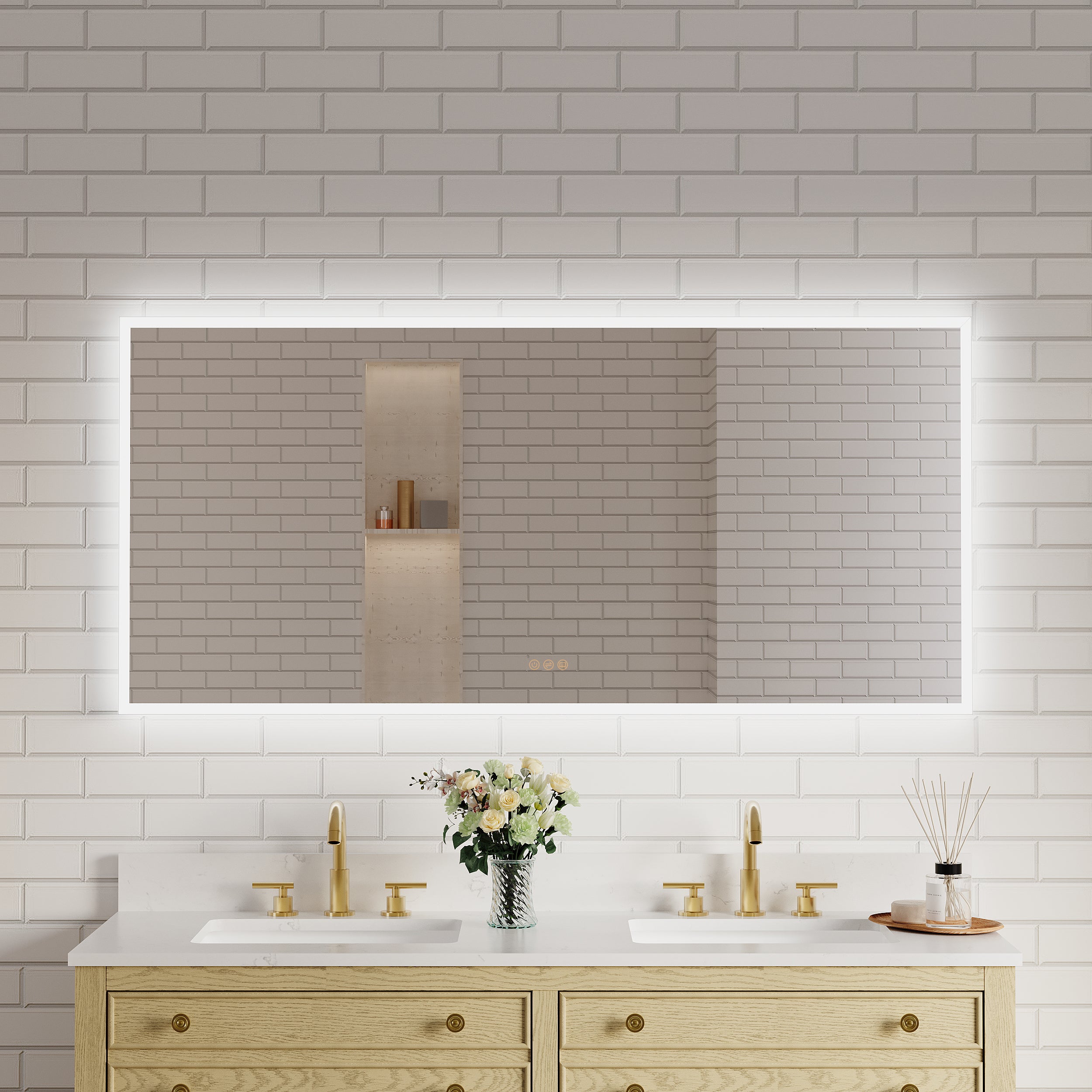
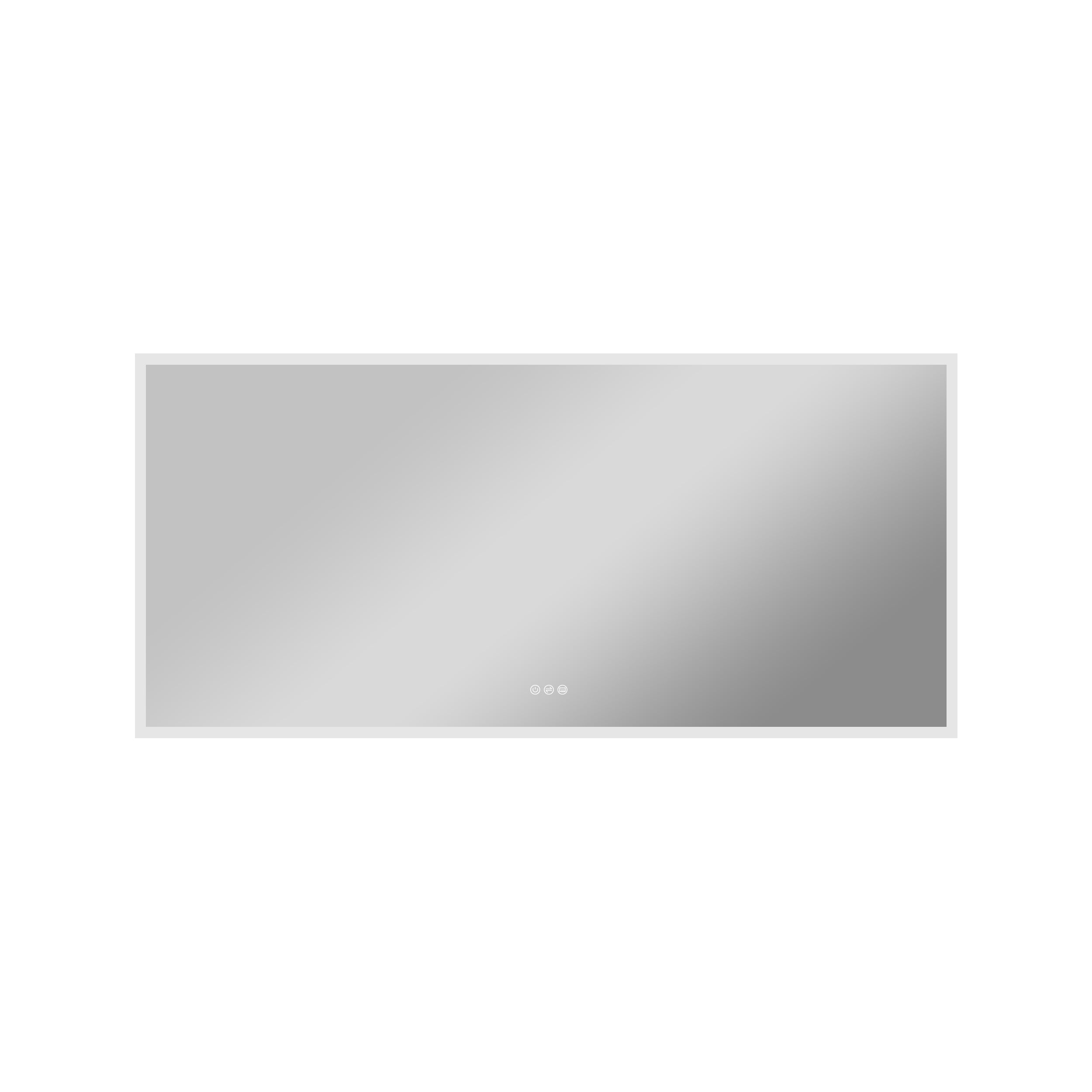
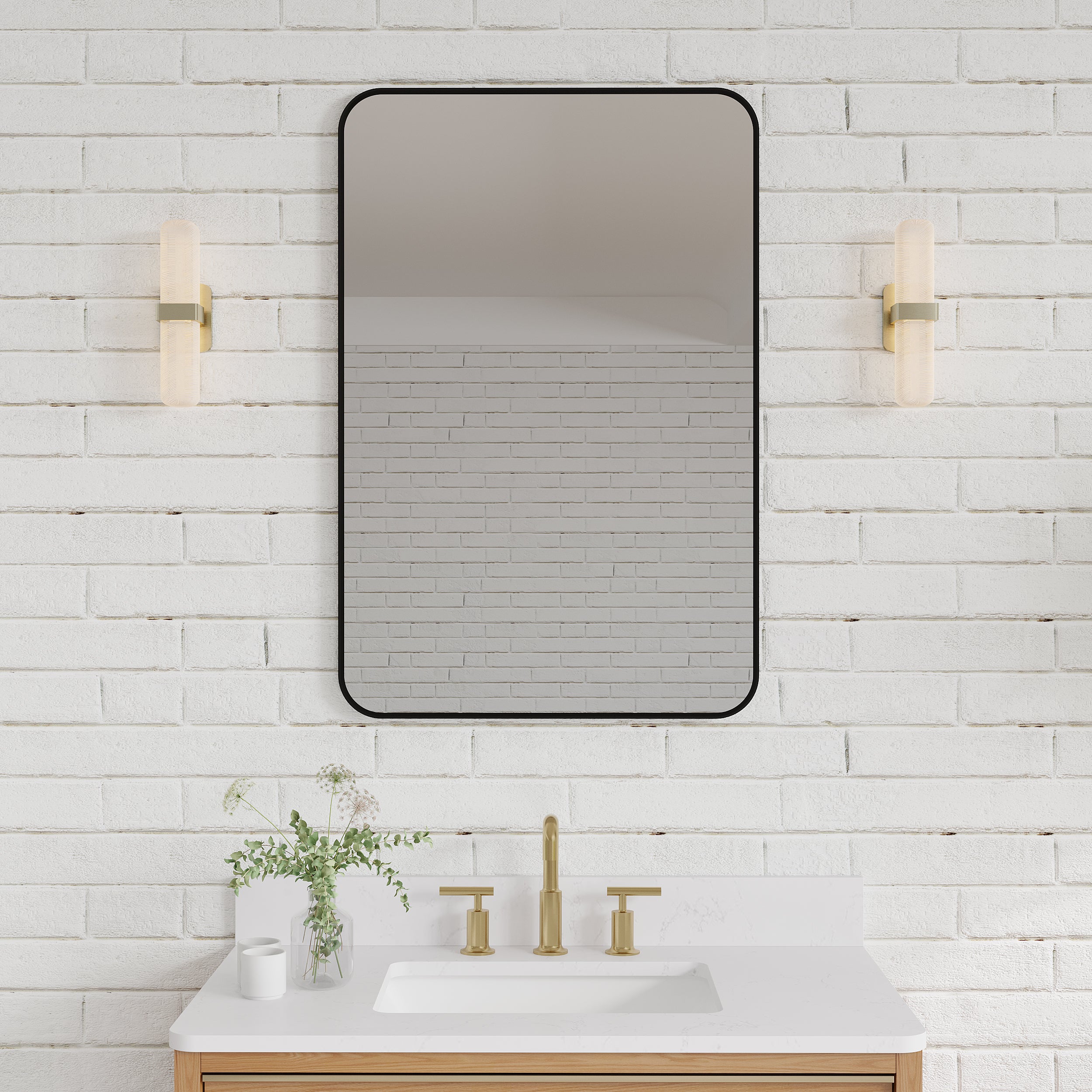

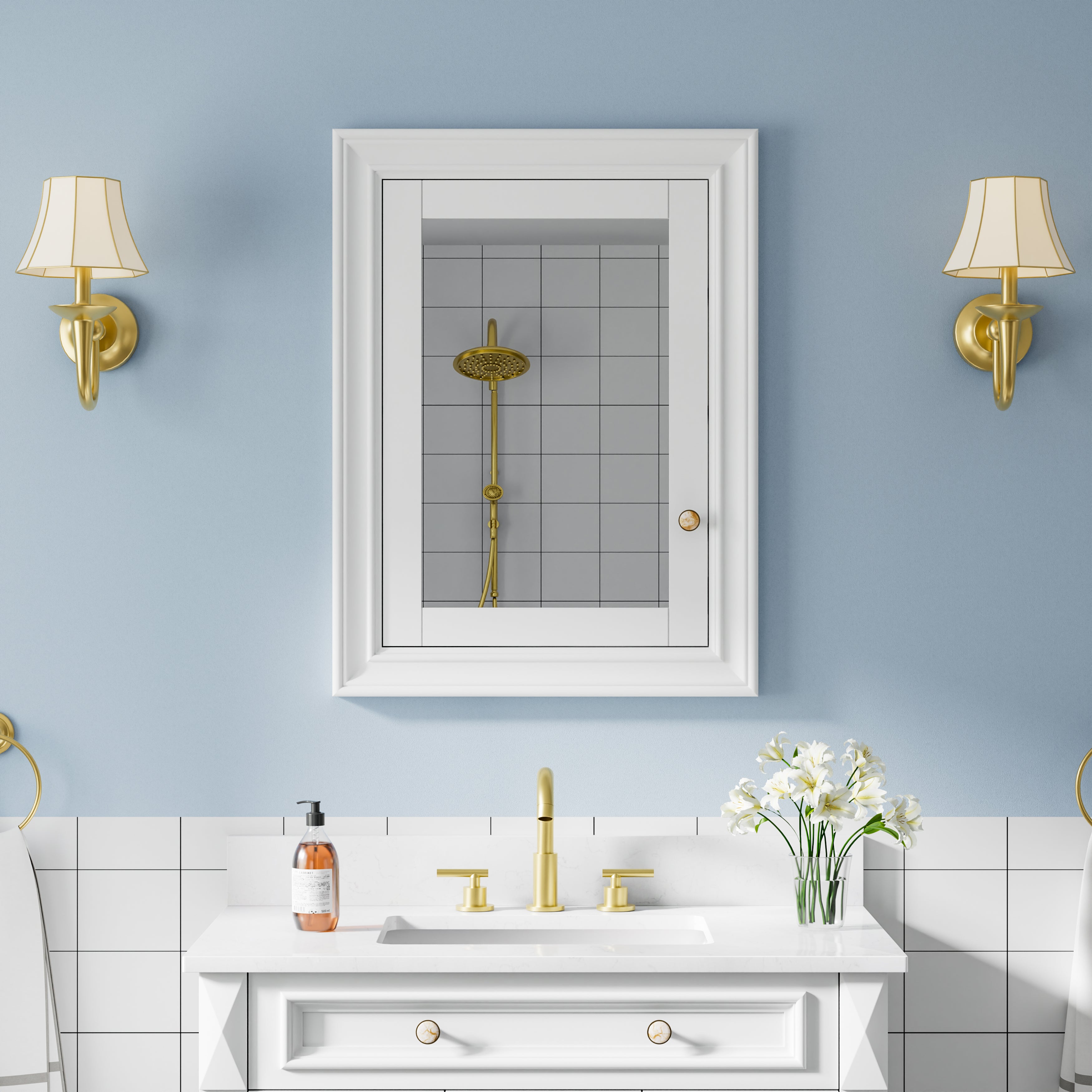
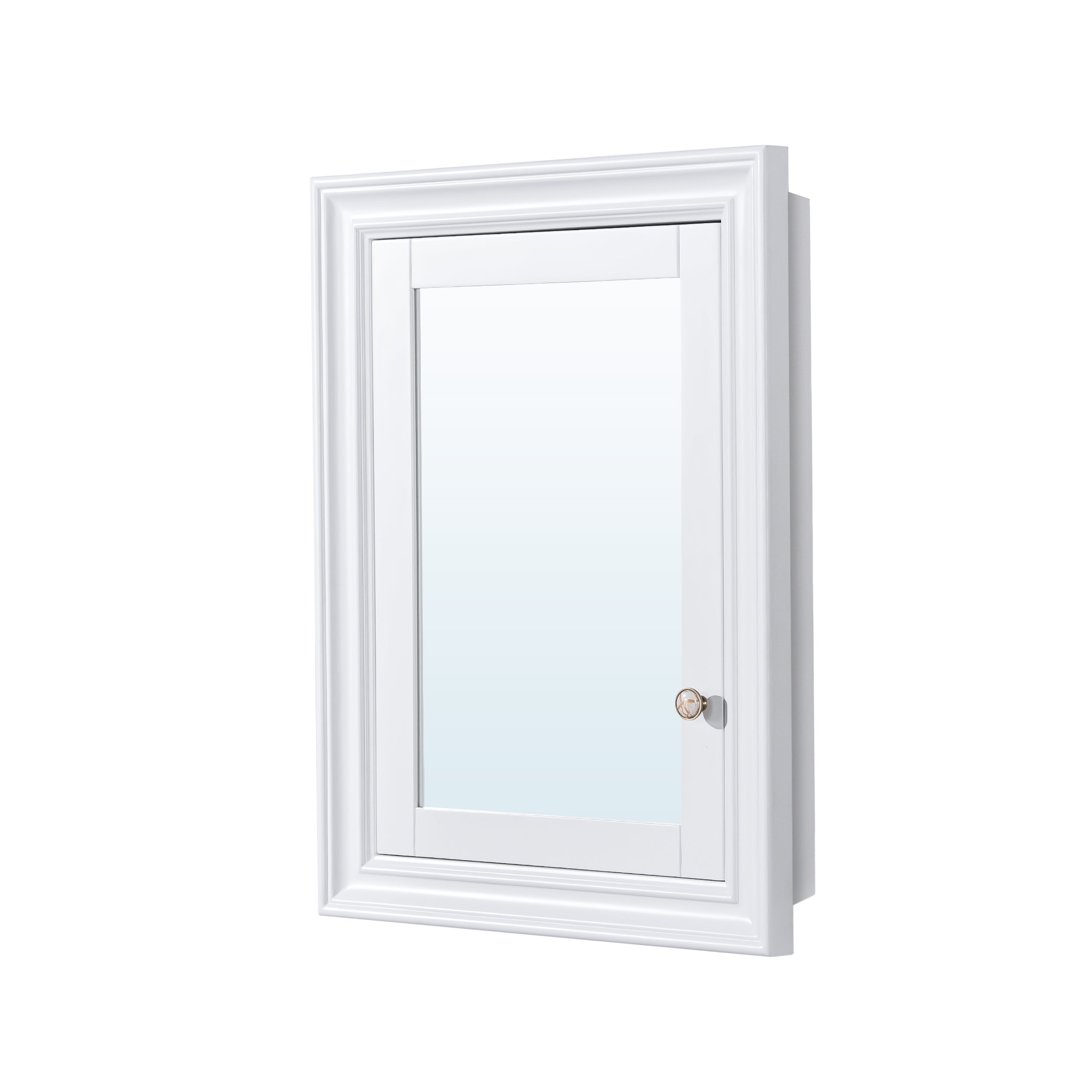










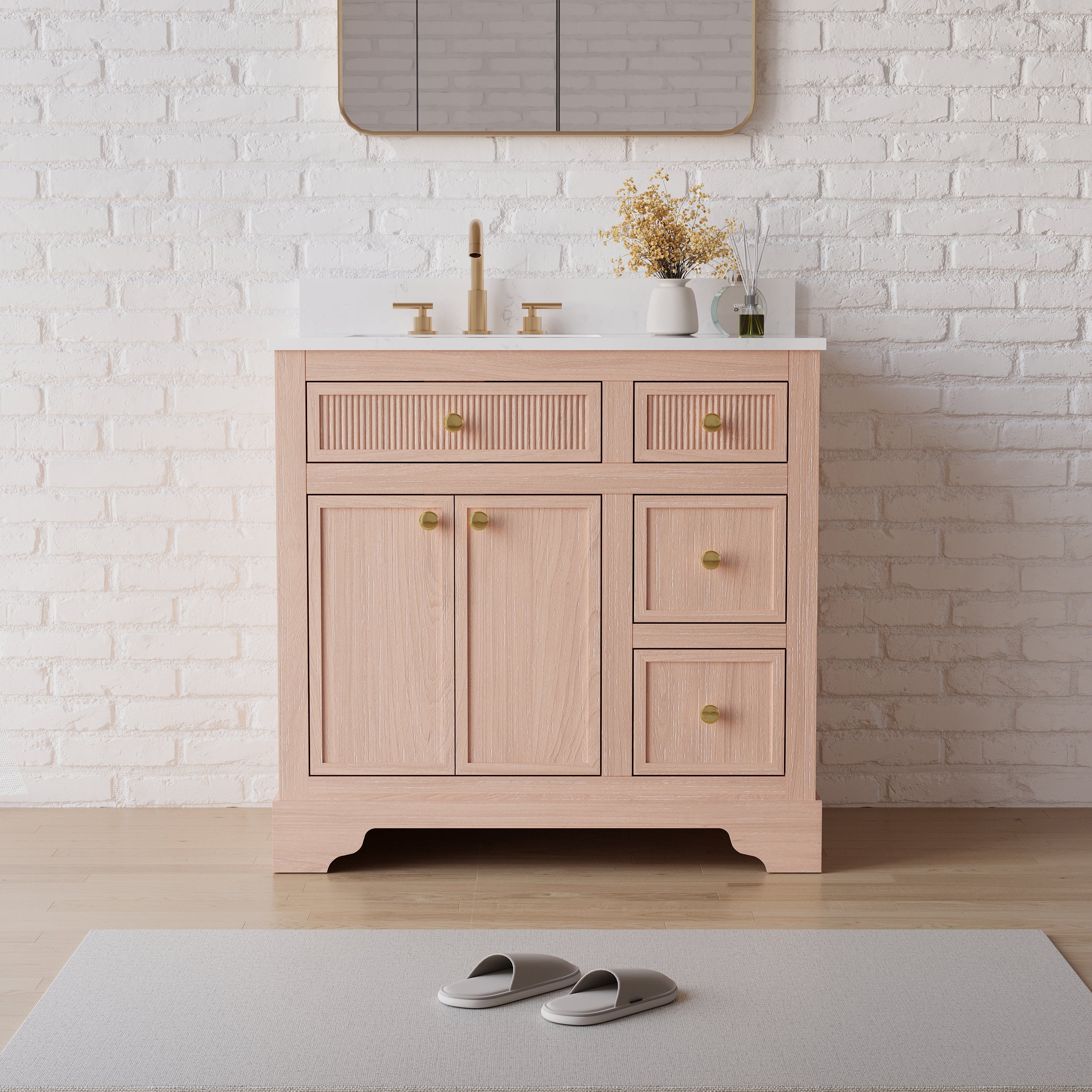
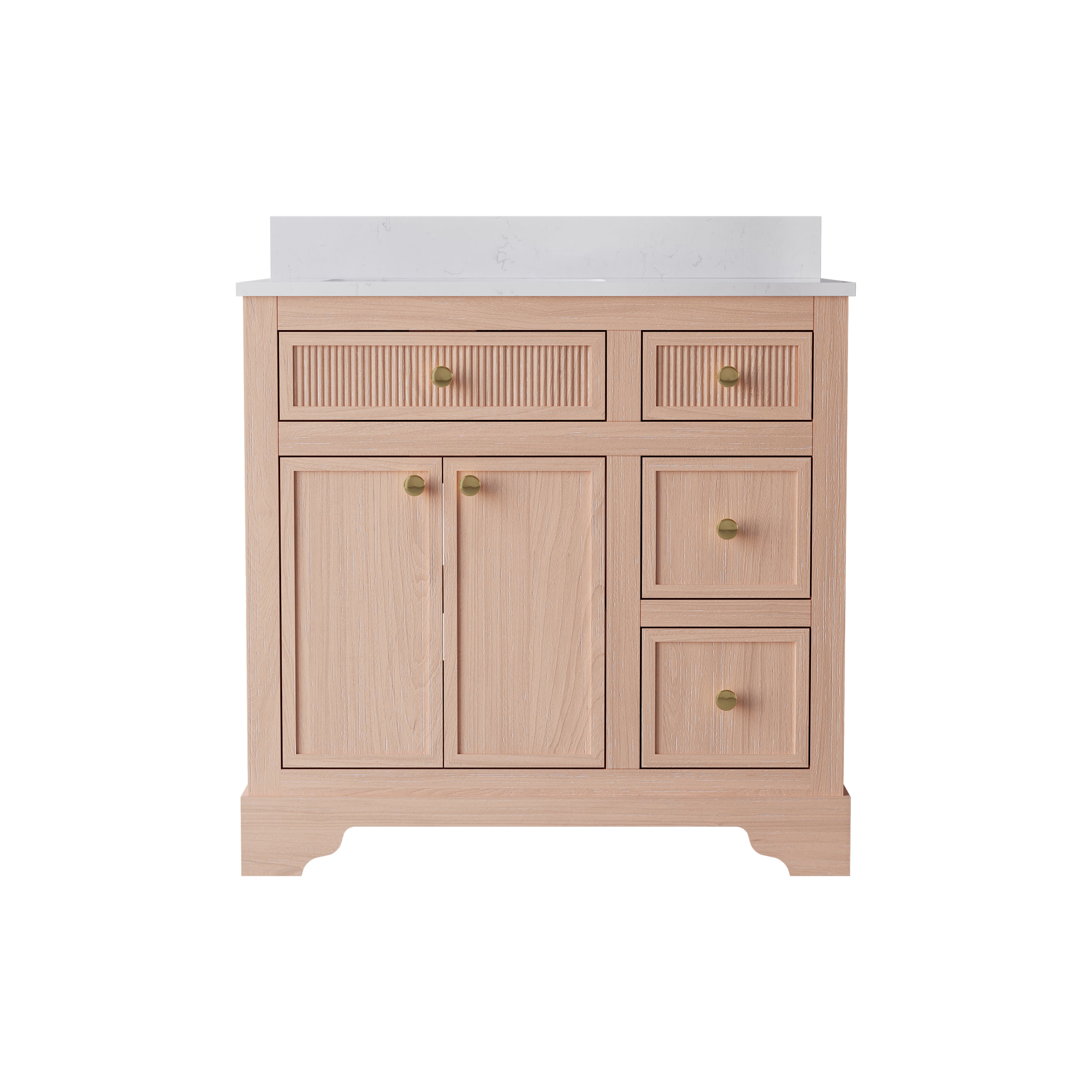
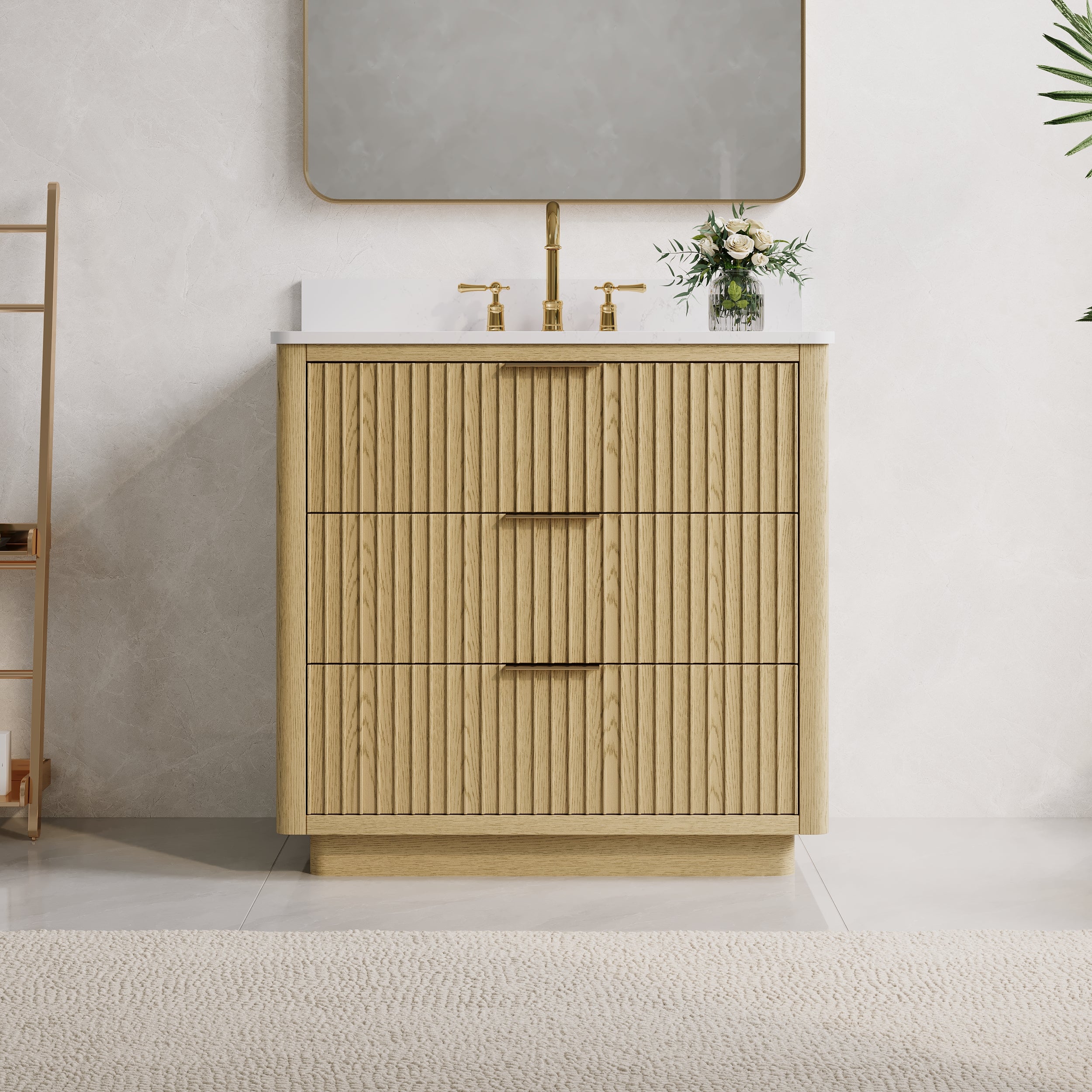
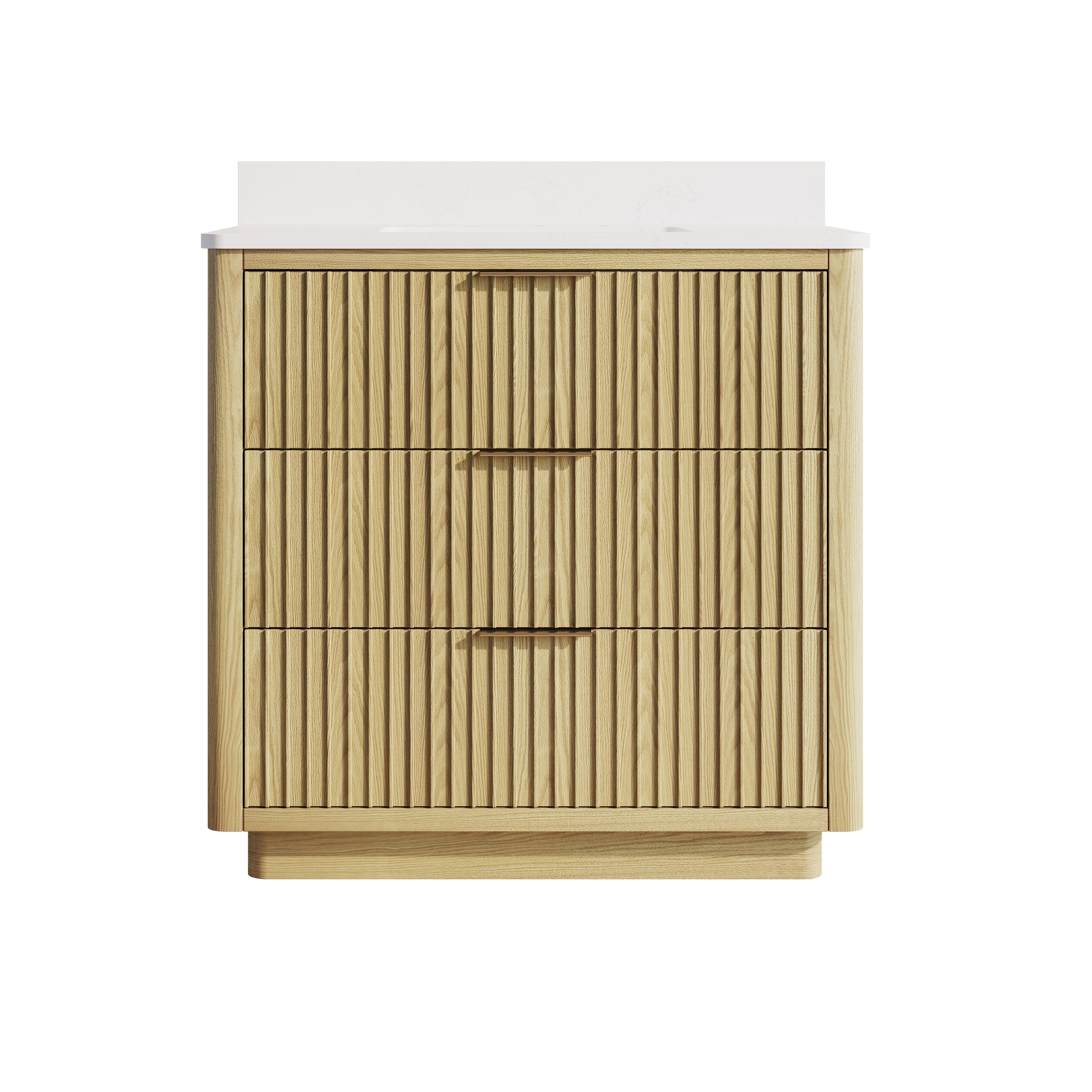
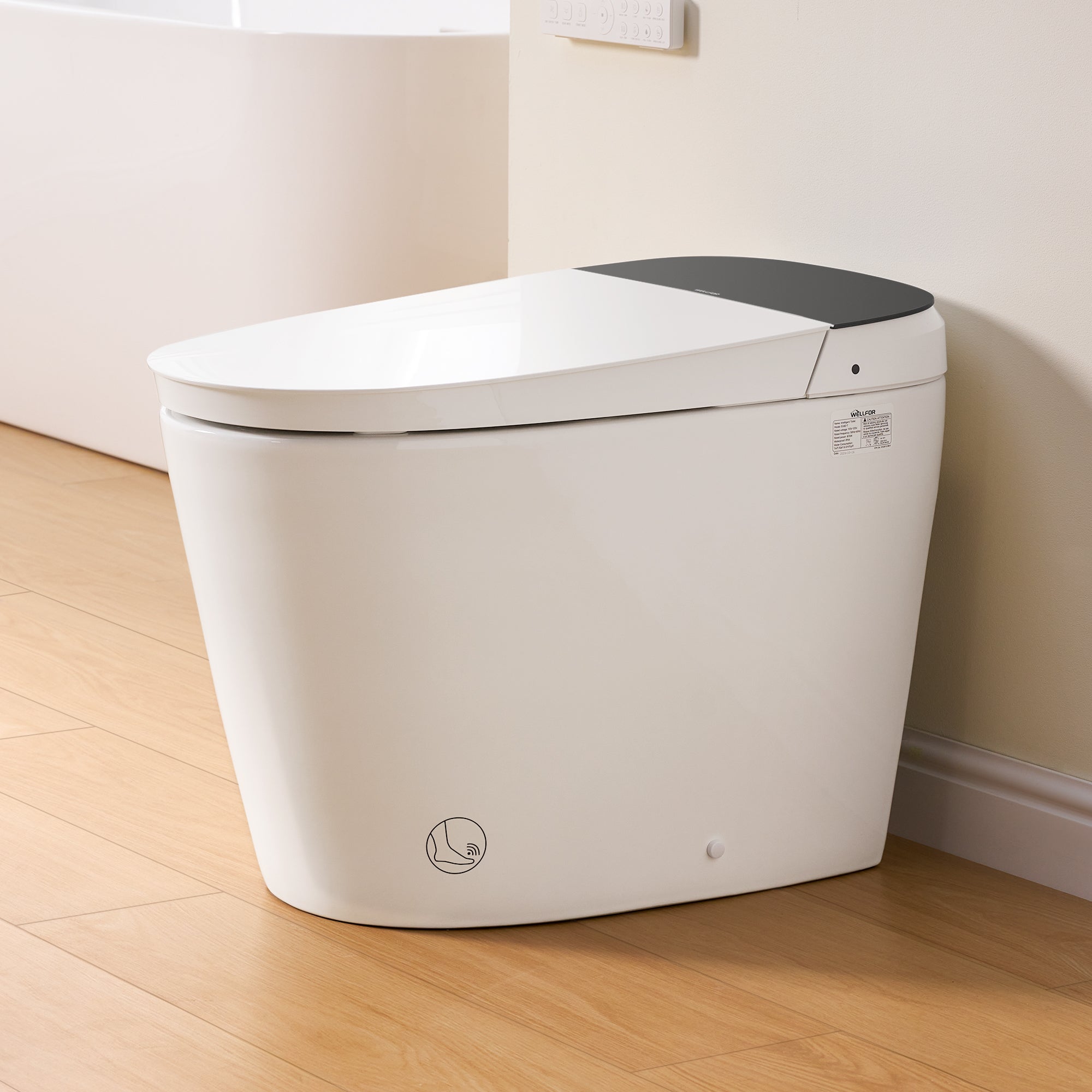
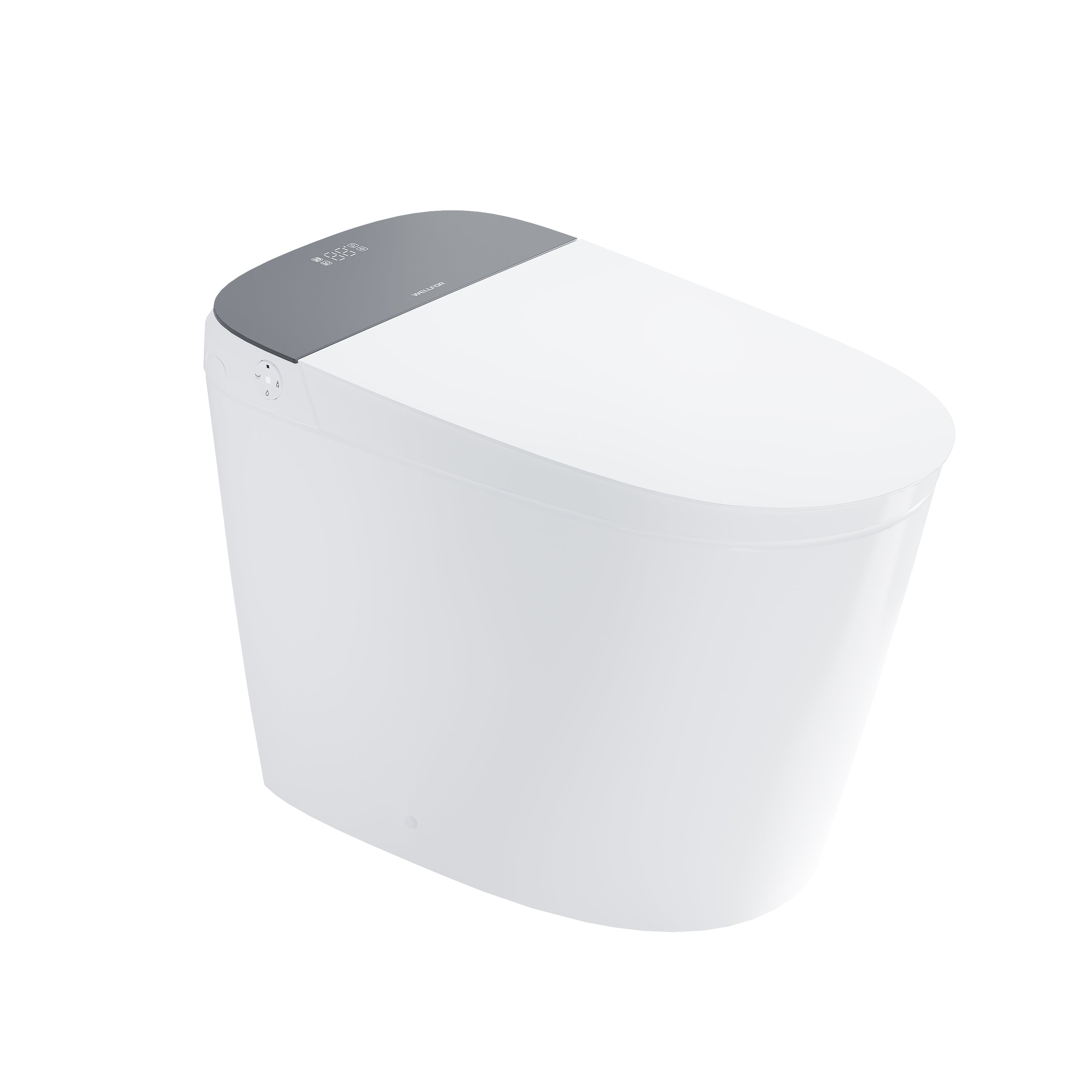
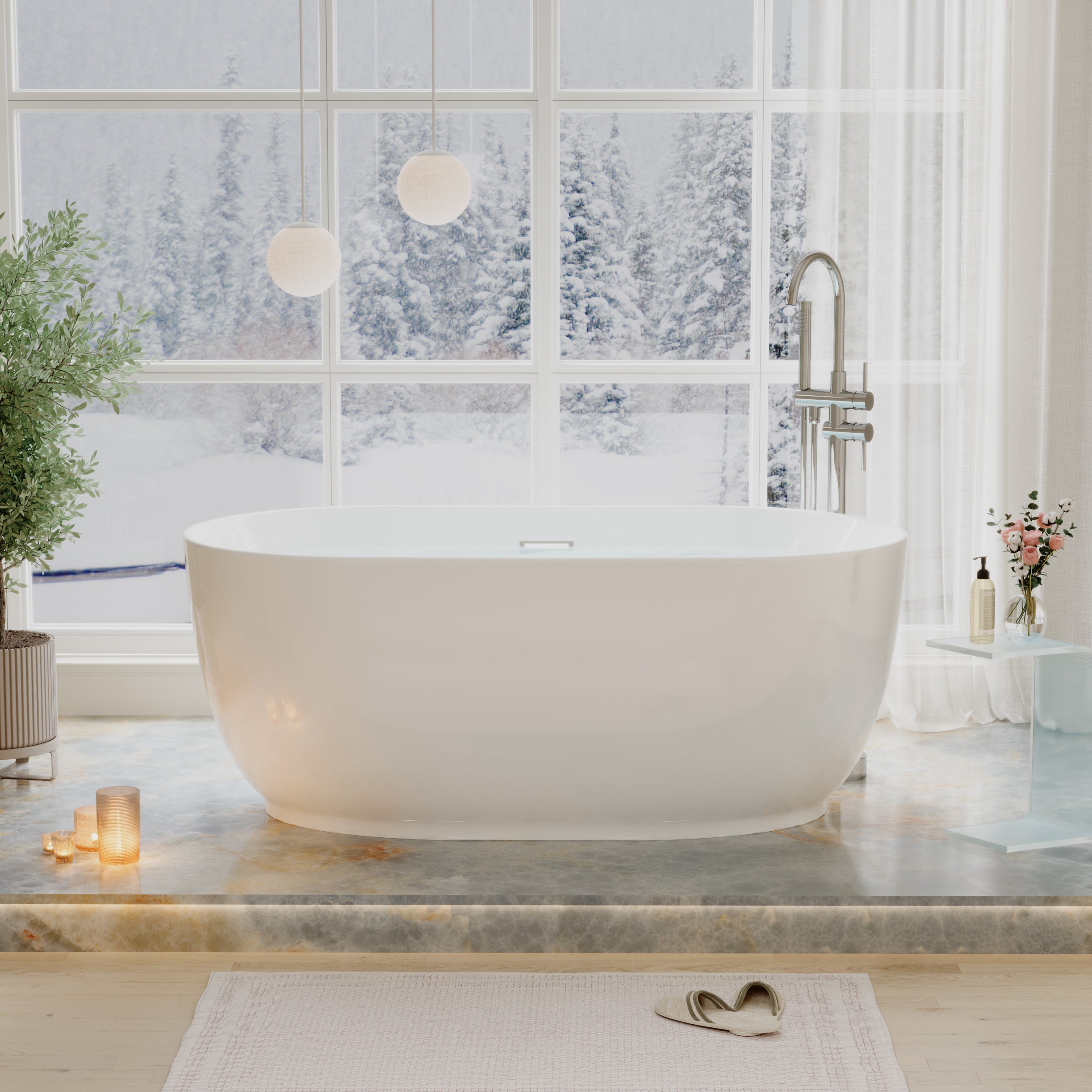
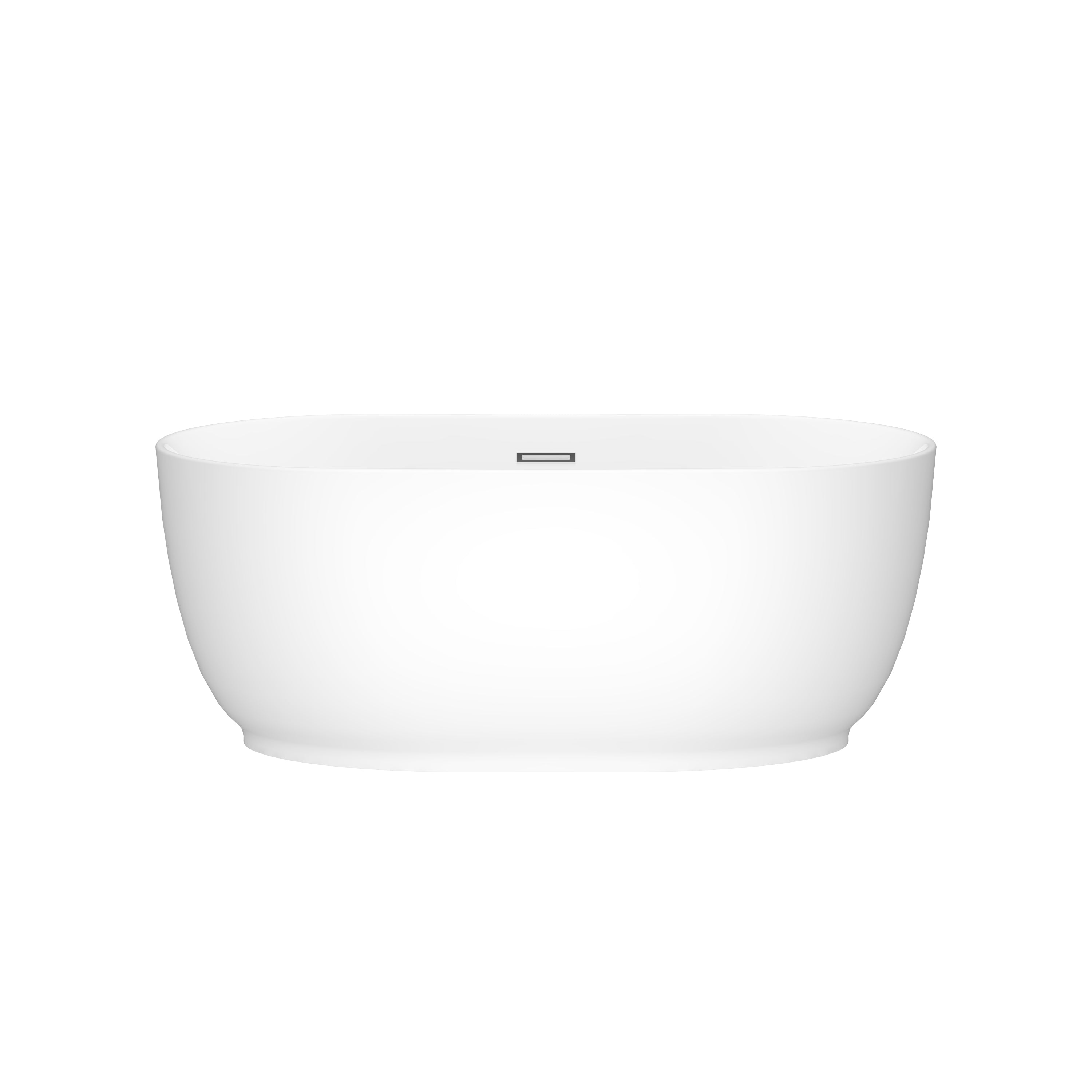
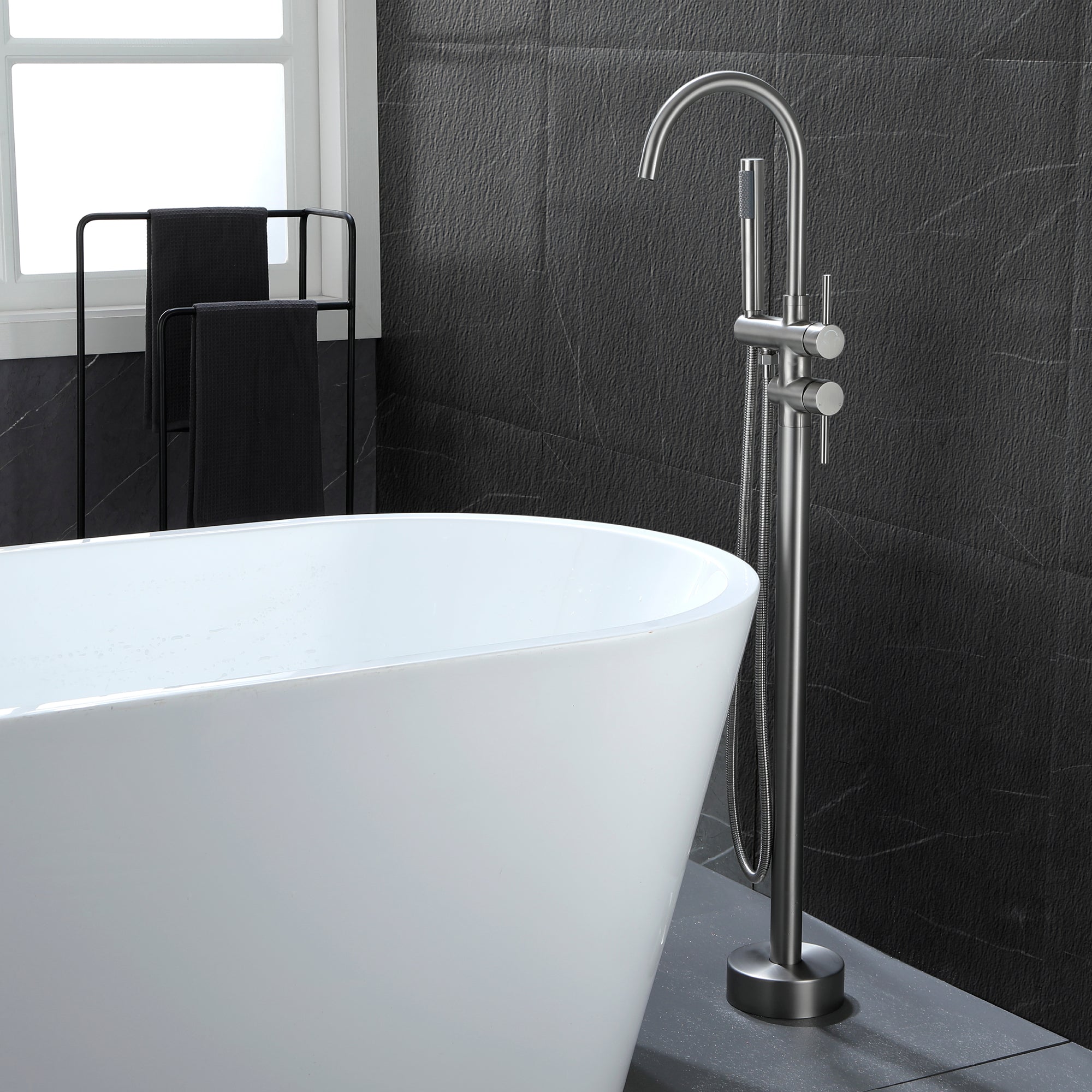

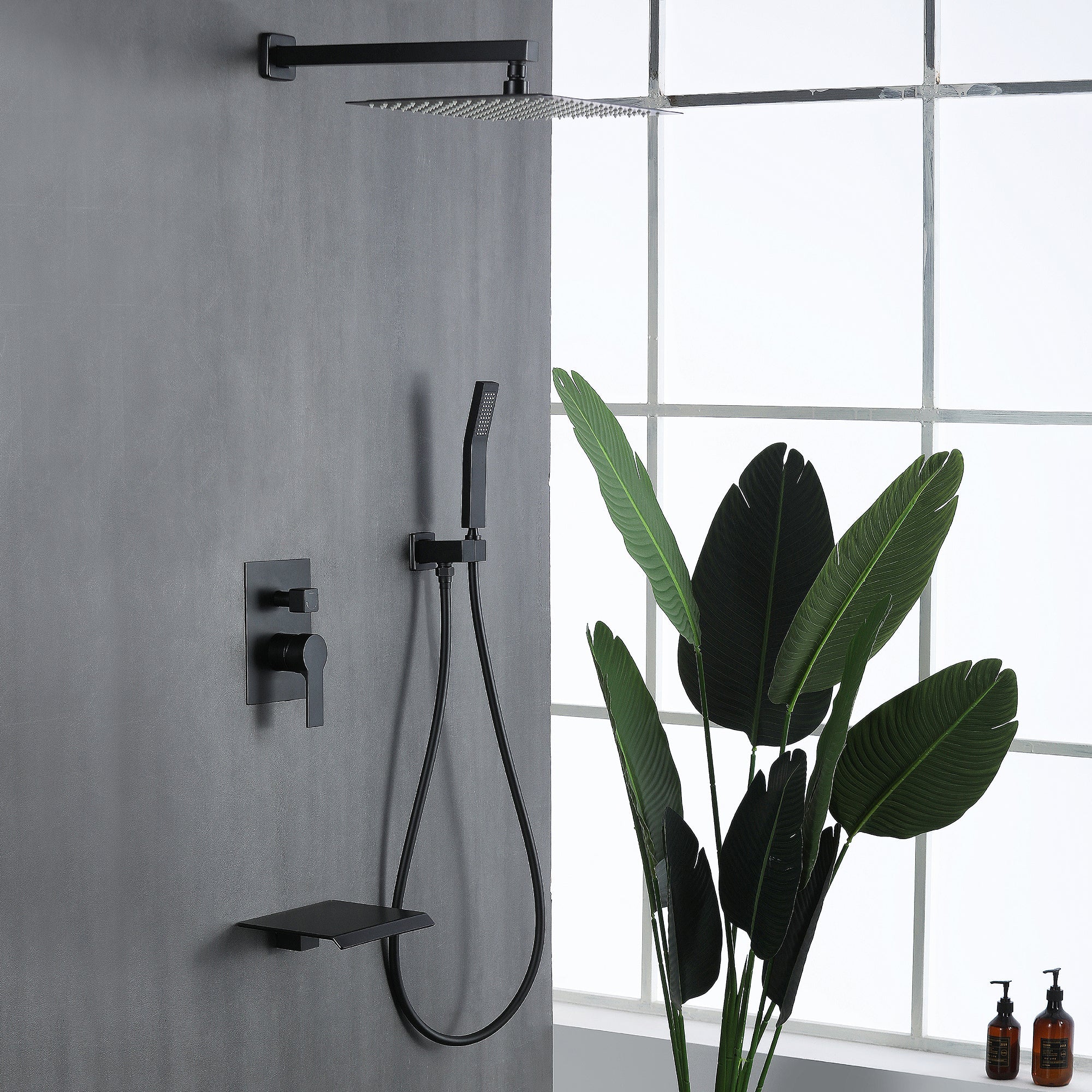
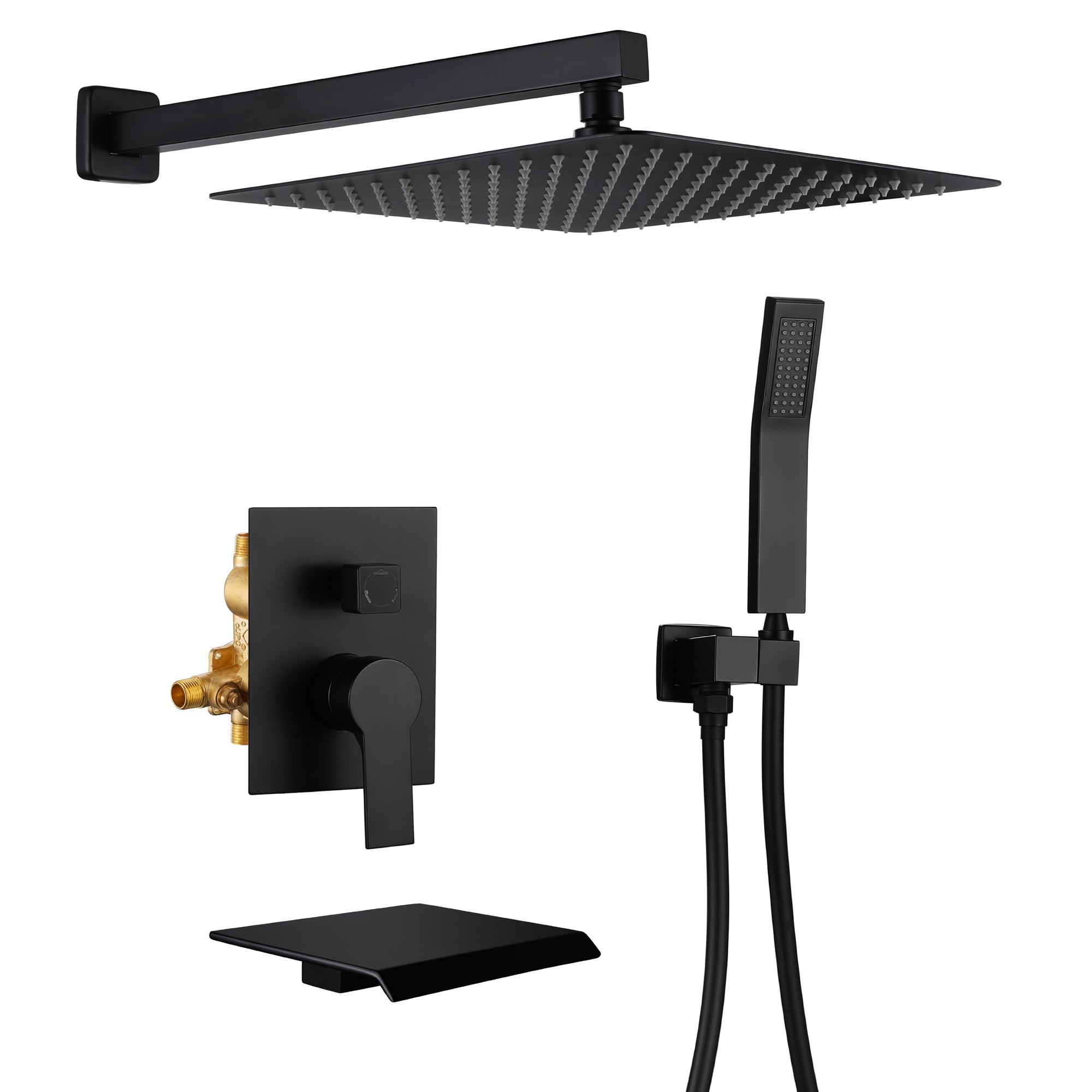
Leave a comment
This site is protected by hCaptcha and the hCaptcha Privacy Policy and Terms of Service apply.